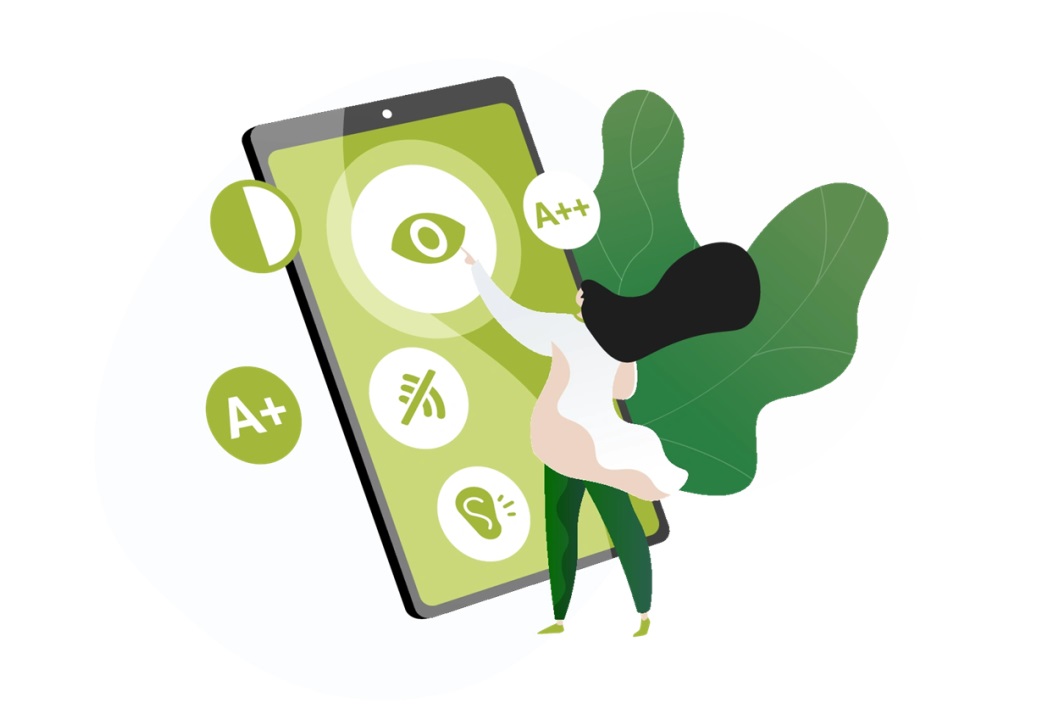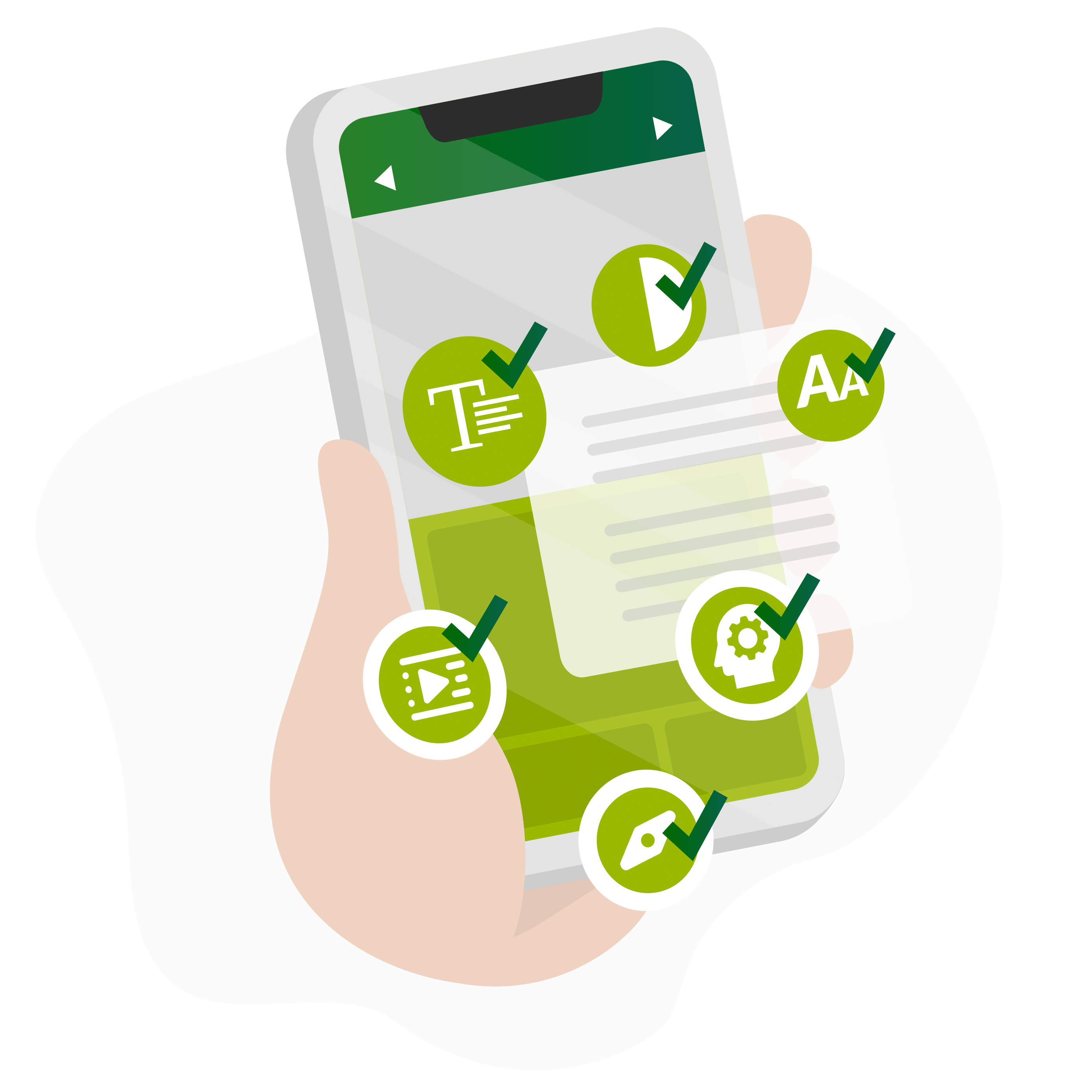Websites with WCAG 2.1 in Gorzów Wielkopolski.
Websites with WCAG 2.1 in Gorzów Wielkopolski
We design accessible websites in accordance with WCAG 2.1 standards. We offer the creation of a professional and unique website that meets all the requirements of WCAG 2.1. Accessibility of websites does not have to limit your creativity - we guarantee 100% satisfaction with the cooperation. Are you interested? Contact our branch in Gorzów Wielkopolski.

















